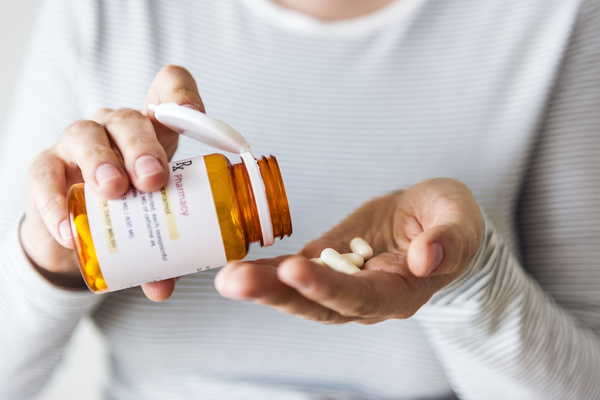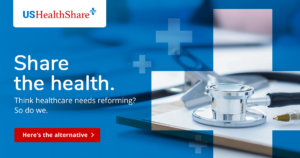
The year 2020 brought about an incredible amount of change to just about every industry, including health care. As a result, consumers have tweaked their healthcare habits, including how they access medical care and how they spend money on medications.
Recently, CVS Health published the results of its latest CVS Caremark Drug Trend survey. The findings from the poll show some interesting changes in consumer behavior.
Changes in Medications
According to the recent survey, specialty medications comprised 52% of what consumers spent at the pharmacy. New medications and indications contributed to 98% of specialty spend, making specialty treatments now the biggest portion of pharmacy spend.
Changes in How to Connect to Health Care
Technology has played a key role in the medical field over the past few years, but its use has exploded since early 2020. In an effort to keep the health crisis in check, patients and medical care practitioners made use of digital communications for medical visits, which can be seen with the rise in telehealth. The same can be said about communicating with pharmacists and obtaining advice about medications.
According to the survey, 85% of CVS members signed up to receive digital communications. This suggests that digital connectivity can be a positive thing by reducing waste while lowering costs. Plus, it can help improve member engagement.

Continuing Evidence of Health Iniquities
Certain demographics have historically had a more difficult time accessing affordable and comprehensive health care. In addition, communities of color tend to be more vulnerable to certain medical conditions than others due to lack of affordable health care coverage. Among other things, Black populations are two to three times more likely to die from heart disease compared to non-Hispanic Whites.
Despite its catastrophic effects, the health crisis drove the need to address and deal with the traditional health inequities that have long existed.
Affordability Status Changes
Out-of-pocket expenses, which are a traditional barrier to sticking with a medical protocol, have also been reduced over the past year. Medications are more affordable for members, who now spend $9.63 in out-of-pocket costs per 30-day supply of the drugs they need.
Further, many hyperinflated medications were removed in 2020 to keep costs down. More specifically, 72 hyperinflated drugs were eliminated in 2020, reducing client spend by $1.2 billion compared to 2018.
Health sharing ministries can also address affordability in health care and offer savings of as much as 30% to 40% compared to traditional health insurance plans. Members can also take advantage of reduced prescription costs. In fact, members can see savings of as much as 15% to 80% off prescription medication, depending on the ministry and the exact program members choose.If you’re looking for a more affordable and flexible alternative to health insurance, get in touch with a representative from USHealthShare to discuss your options and learn how to share the health.

